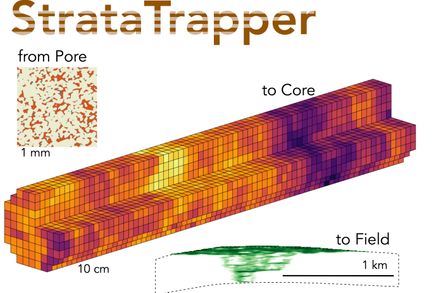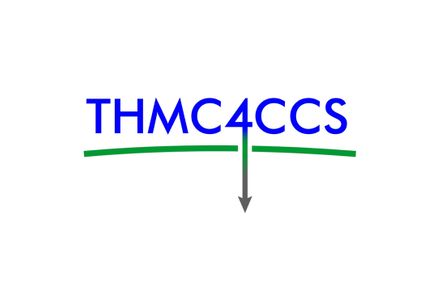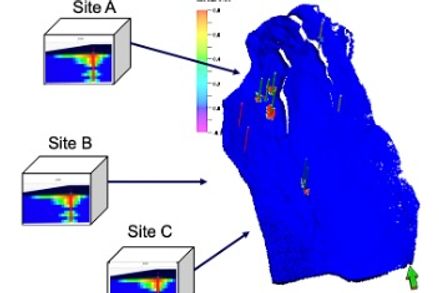BibTex format
@article{Budinis:2018:10.1016/j.esr.2018.08.003,
author = {Budinis, S and Krevor, S and Mac, Dowell N and Brandon, N and Hawkes, A},
doi = {10.1016/j.esr.2018.08.003},
journal = {Energy Strategy Reviews},
pages = {61--81},
title = {An assessment of CCS costs, barriers and potential},
url = {http://dx.doi.org/10.1016/j.esr.2018.08.003},
volume = {22},
year = {2018}
}





